Top Image: American infantry and tanks advancing in Germany, 1945. National Archives photo.
After the tough fight on Climbach, France, on December 14 that had blooded the African American 614th Tank Destroyer Battalion and resulted in the awarding of several medals for heroism to men of the unit, orders came to shift to Sarreguemines, France, near Germany’s critically important Saar region. Fighting here was intermittent, but wholly to the Americans’ credit. On New Year's Day, a German patrol isolated and attacked an outpost of the 614th, only to be beaten back at the cost of nine killed and two captured. Later, the three-inch (76.2mm) M5 guns of the 614th were called upon to knock out enemy pillboxes and other positions in support of raids by the 103rd Infantry Division, to which the unit was attached.
On the night of February 4-5, 1945, a reconnaissance platoon of the 614th was ordered to carry out a raid on an old mill held by the Germans, which the 103rd Division infantry had tried and failed to take. Pressed into service normally carried out by the regular infantry, the platoon, commanded by First Lieutenant Joseph L. Keeby of Chicago, Illinois, prepared the raid with exquisite care. Nevertheless, as they approached the mill, alert German infantry took the Americans under accurate machine gun and automatic rifle fire.
American infantry advance through Germany's Siegfried Line, 1945. National Archives photo.
Inspired by Keeby’s strong presence, the attackers didn’t hesitate. Private First Class Henry Weaver of Baltimore, Maryland, spotted and shot a German automatic rifleman; and Private First Class Thomas Ingram of Fort Worth, Texas, picked off the enemy machine gunner. Private Leo Greer of St. Augustine, Texas, meanwhile, discovered another German machine gun nest and killed its two-man crew before it could open fire. The platoon then rushed the mill. Leading the way inside, Private George Bass of Columbus Georgia, sprayed the room with his automatic rifle, forcing the Germans to take cover. Keeby then tossed a grenade that killed another German defender. Shocked, the remaining six Germans in the mill surrendered. For their bravery, Keeby, Weaver, Ingram, Bass, and Greer would be awarded Bronze Stars.
Extended action resumed on March 15, when the 614th was ordered to accompany the 103rd Division as it pushed across the border into Germany. First, Company A assaulted the German-held town of Kindwiller. When the captain commanding the assault was severely wounded at the beginning of the action, Staff Sergeant Charles E. Parks of Charlotte, North Carolina, took command of the company and led the assault against the strongly held village, capturing it (he would receive the Bronze Star.) Other companies seized more German villages, taking hundreds of prisoners, and took out enemy pillboxes on the Siegfried Line.
African American soldier guarding German prisoners, 1945. National Archives photo.
Success in action sometimes broke down racial barriers. In one instance, Sergeant Dillard L. Booker’s gun, manned of course by African Americans, sighted a German bunker so precisely that it scored several direct hits in a row. Delighted by their accuracy as they saw the enemy emplacement crumble, Dillard’s crew jumped up and danced. Watching infantrymen of the 103rd Division ran out and danced with them—all oblivious of the enemy fire still coming in their direction. By that point, the infantrymen knew how often the gunners, often by direct action under fire, had saved their lives.
Later that month, the men of the 614th were delighted to go into action in tandem with another distinguished African American unit, the 761st Tank Battalion. Together the units advanced so fast that they dangerously outran their support. On March 23, a motorized reconnaissance party under the command of First Lieutenant Serreo Nelson of the 614th was ambushed by several dozen Germans, who cockily demanded that the Americans surrender. Nelson refused, firing a light machine gun at the enemy as he pulled his men back. Encountering an enemy roadblock, he climbed down out of his vehicle under fire and helped dismantle the obstacle by hand. While he was doing so, a German officer emerged and tried to shoot the lieutenant with his submachine gun. But Sergeant Matthew Spencer of Louisville, Kentucky, was alert—he knocked aside the German’s gun with the butt of his carbine, and then killed him at point blank range. The Americans escaped harm—and Nelson would receive a Silver Star while Spencer got a Bronze Star.
Unfortunately, the 614th Tank Destroyer Battalion’s service in Europe closed with a tragedy that took the life of one of its bravest officers. On May 2, 1945, as the unit advanced near Scharnitz, Austria, Lieutenant Keeby’s reconnaissance platoon came under direct German fire. Characteristically, the lieutenant sped to the front in his thin-skinned M20 armored car and directed his men in taking out individual enemy strongpoints. While he was doing so, a German anti-tank gun hit the armored car and knocked it out, killing Keeby instantly. For his bravery, Keeby would receive a posthumous Silver Star.
Newspaper illustration by Charles Alston, 1944. National Archives photo.
As the war ended, the men of the 614th received well-deserved rest in the mountains of the Austrian Tyrol. They could look back in satisfaction on what they had accomplished. As the author of the unit history pointed out, they had “proved to the world that the negro soldier could and would fight.” Most hopefully, “No friendship could be stronger between groups of men than the friendship that existed between the colored gamecocks of the 614th TD’s and the white officers and soldiers of the 103rd Division.”
Lieutenant Christopher Sturkey of Detroit, Michigan, who had started as a sergeant but received a battlefield commission and a Silver Star, remembered that the white infantry had at first doubted the black soldiers until they saw them in action. Then, he said, the whites and blacks “became ‘jug’ buddies. Our units were so close it was not unusual to see a couple of our guys going along on their patrols.” Some white soldiers, hanging out with the African Americans, had too much to drink and had to be guided back. “I’ll never forget one white kid from the deep south,” Sturkey remembered; “he must have been all of 19, who couldn’t understand why he couldn’t stay with us since the two outfits were traveling together. We patiently explained that he could get shot for desertion; that he understood but he was back with us every chance he got.”
African American soldiers relaxing on shipboard on their way to combat in Europe. National Archives photo.
Sadly, the promise brought by front-line camaraderie was lost when the men of the 614th boarded ships and returned home. Sturkey recalled: “When I returned to the states I went down to the defense plant where my wife worked, to surprise her. I had on all of my paraphernalia: battle stars, campaign ribbons, the works. I was early so I thought I’d have a hamburger at the White Tower around the corner. I ordered it and the counter girl told me: ‘We don’t serve n----rs in here.’ Now this is where I thought the battle should have begun, in all the little places where little people get their pleasure in telling us we are not good enough to eat in, drink in, shop in, the whole bit, their little places of business. Here I was supposed to be some kind of hero returned from the war and the first thing I hear from some poor white hash-slinging b—ch I’ve been fighting for is, ‘We don’t serve n----rs in here.’”
Repeated thousands of times over as African American servicemen returned home from World War II, incidents like these showed that the biggest fights lay ahead.
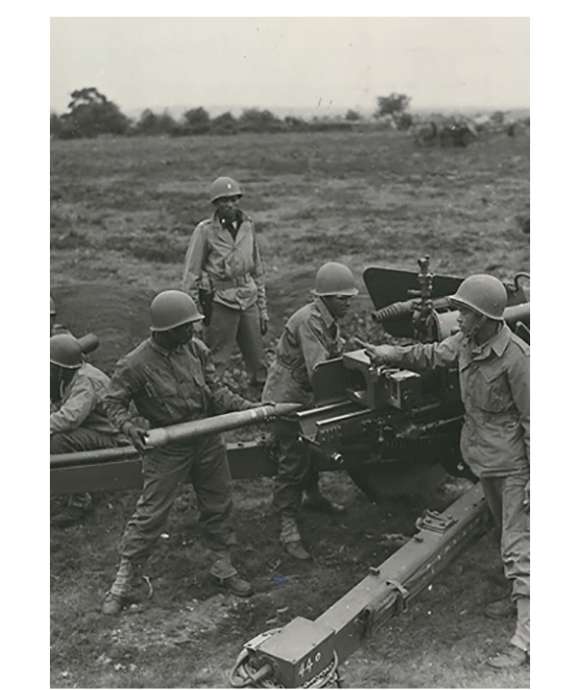
Destroyers: African American Gunners' Heroic Stand at Climbach, 1944
The African American 614th Tank Destroyer Battalion earned a Presidential Unit Citation for its heroic stand at Climbach in December 1944—and eventually a Medal of Honor.
This article is part of an ongoing series commemorating the 75th anniversary of the end of World War II made possible by Bank of America.
Ed Lengel, PhD
Edward G. Lengel is the former Senior Director of Programs for the National WWII Museum’s Institute for the Study of War and Democracy.
Cite this article:
MLA Citation:
APA Citation:
Chicago Style Citation:
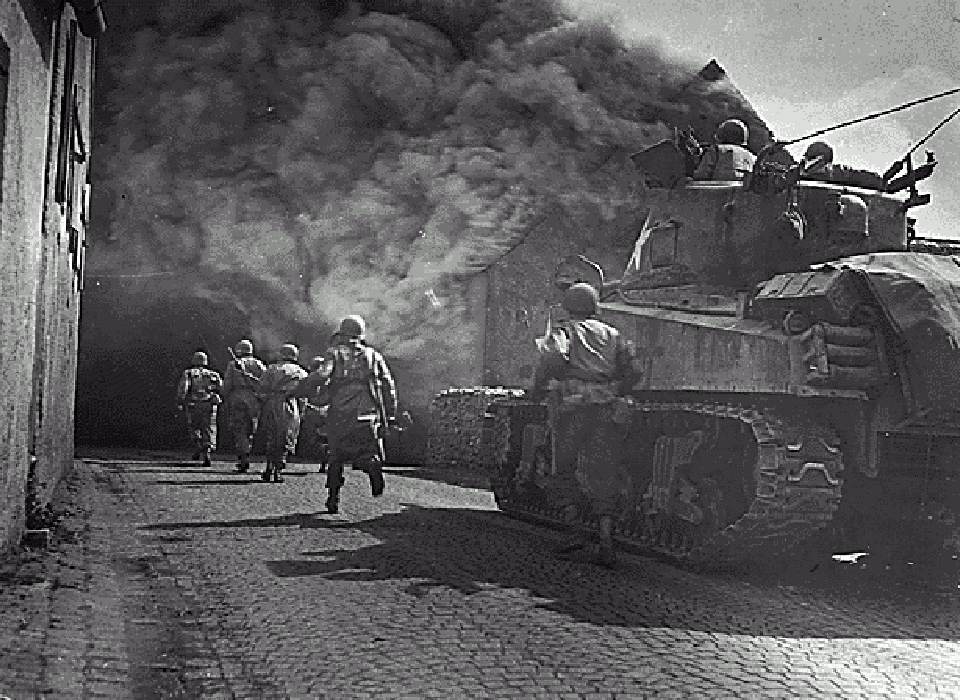
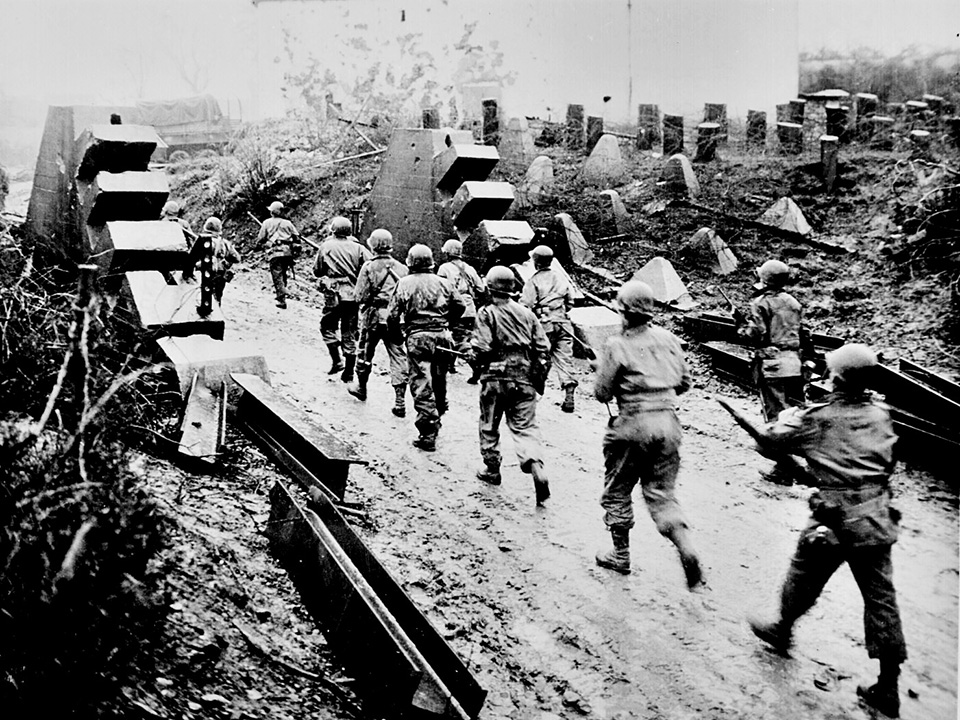
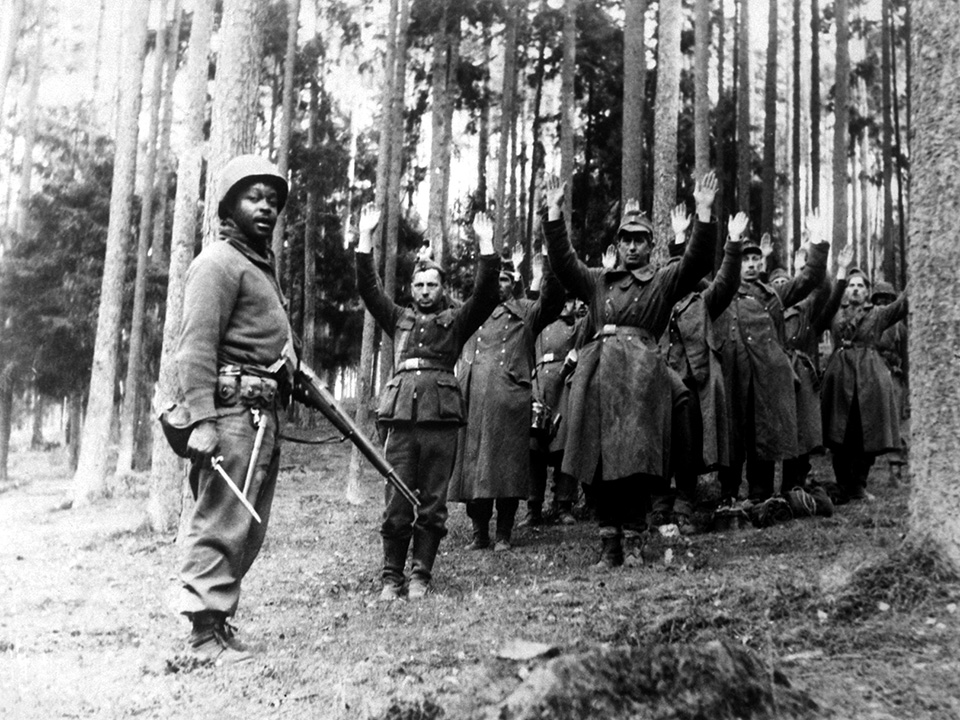
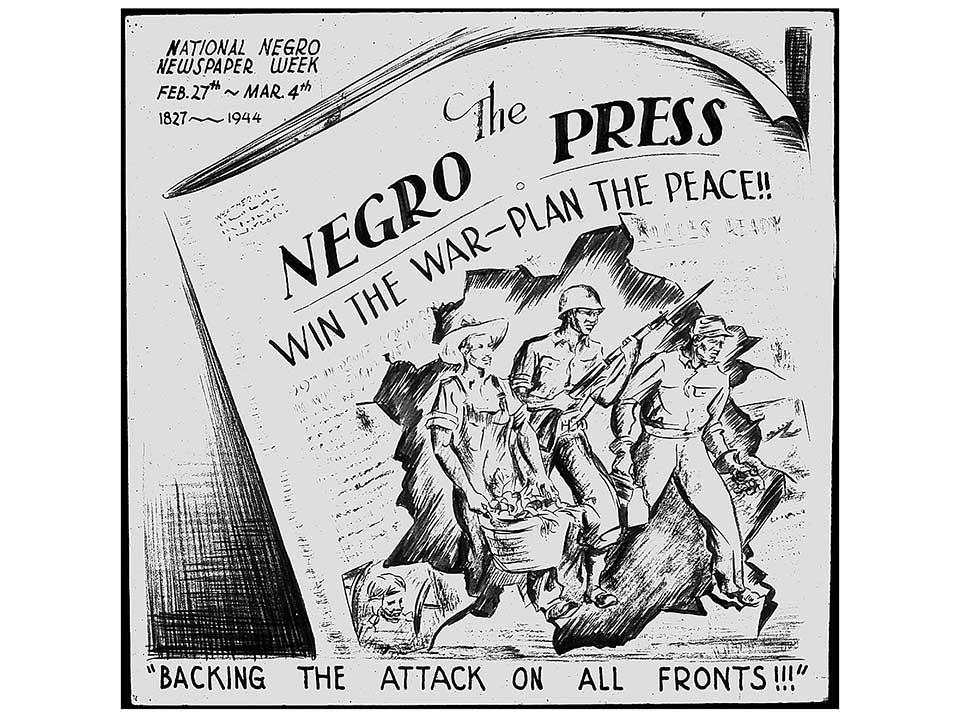
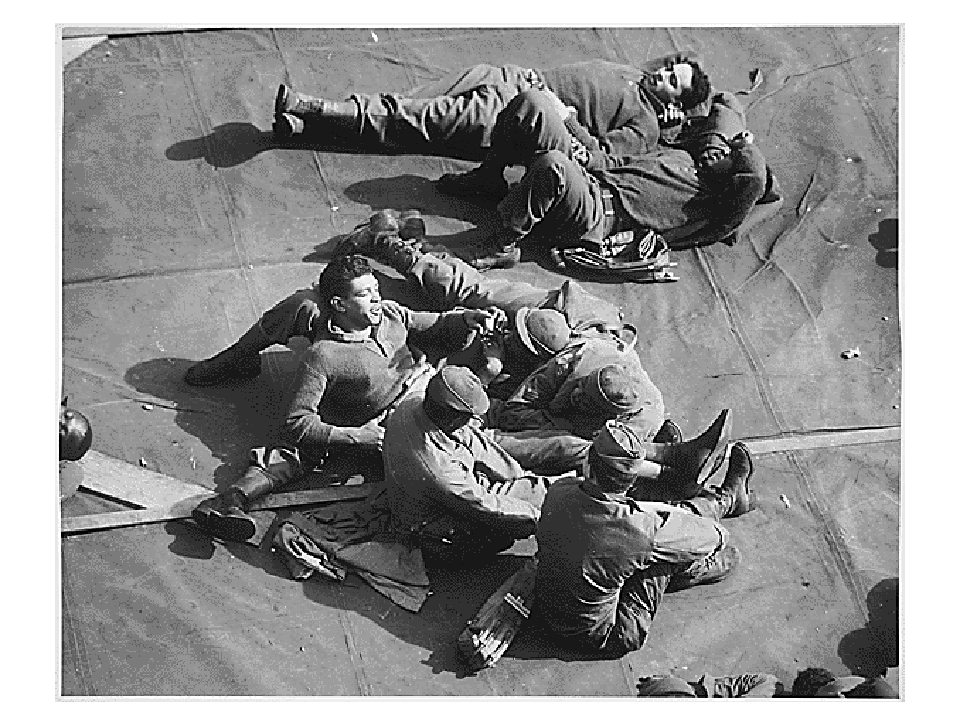





![Max Fuchs, New York City cantor, sings as Rabbi Sydney [sic] Lefkowitz, Richmond, VA, conducts the first Jewish services from Germany.](/sites/default/files/styles/max_650x650/public/2025-10/image1.jpg)



